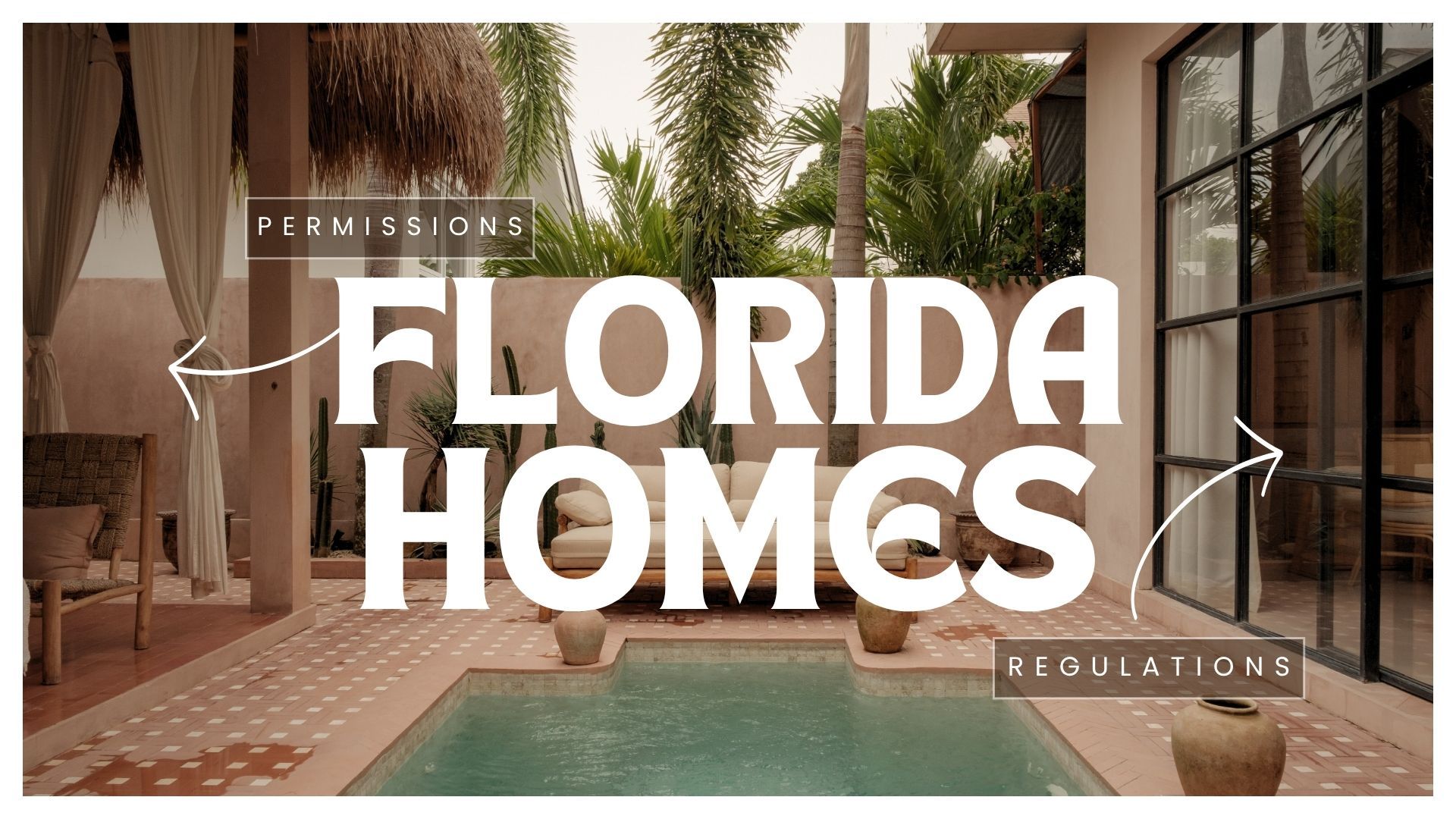
Introduction: Why Coastal Building Codes Matter
Building a luxury home in South Florida presents unique opportunities and challenges. With scenic beaches and vibrant communities, the region's desirability is unmatched. However, the distinctive climate—marked by frequent hurricanes, flooding risks, and corrosive salt air—necessitates strict adherence to coastal building codes. Understanding these regulations is essential for ensuring both compliance and durability, ultimately safeguarding your investment and lifestyle.
Understanding South Florida's Coastal Building Regulations
South Florida's building codes have evolved significantly, especially after devastating events like Hurricane Andrew in 1992. These regulations, regularly updated by the Florida Building Commission, aim to enhance structural integrity, reduce damage from severe weather, and ensure public safety. Key considerations in these codes include wind resistance, flood management, material selection, and elevation requirements.
Wind Resistance Standards: Preparing for Hurricanes
South Florida homes must withstand hurricane-force winds exceeding 150 mph. Compliance involves designing structures with reinforced framing, hurricane straps, impact-resistant windows, and secure roofing systems. Wind load calculations, specified by the Florida Building Code, dictate precise engineering practices to ensure structural resilience.
Roofing Requirements
Roofs must be anchored securely to withstand extreme winds. Using hurricane clips, truss straps, and fortified roofing materials ensures the structural integrity of luxury homes, preserving not only the structure but also its aesthetic appeal.
Impact-Resistant Windows and Doors
Luxury homes typically feature expansive windows and glass doors. Coastal building codes mandate the use of impact-resistant glazing or protective shutters to mitigate risks from flying debris during storms, providing essential protection while maintaining unobstructed views and natural lighting.
Elevation and Flood Management: Protecting Against Rising Waters
With sea-level rise and flooding posing ongoing threats, elevation and drainage are critical. South Florida codes require homes in designated flood zones to be elevated above base flood elevations (BFE), ensuring structural safety and compliance with the National Flood Insurance Program (NFIP).
Foundation Choices
Choosing the right foundation is crucial. Elevated foundations, such as pilings or raised slabs, offer superior protection against flooding and storm surges, crucially important for waterfront properties.
Drainage and Landscaping
Properly designed drainage systems and thoughtful landscaping help manage runoff, minimize flooding risk, and preserve the integrity of luxurious outdoor spaces. Incorporating permeable paving and native plant species significantly enhances water absorption capabilities.
Material Selection: Ensuring Durability and Luxury
Choosing materials resilient to South Florida’s harsh climate conditions is integral to luxury home longevity and beauty. Salt air corrosion, intense sunlight, and moisture can quickly degrade lesser materials.
Exterior Materials
High-quality stucco, corrosion-resistant metals, and durable composite siding are excellent choices. These materials offer both elegance and durability, effectively resisting damage from weather elements and maintaining aesthetic standards.
Interior Considerations
Inside luxury homes, selecting moisture-resistant materials, such as treated wood, waterproof drywall, and mold-resistant paints, significantly mitigates the risks associated with South Florida's humid climate, ensuring both comfort and health.
Sustainability in Coastal Construction
Eco-friendly building practices align seamlessly with coastal regulations and luxury living standards. Sustainable choices not only protect the environment but also enhance long-term home value and resilience.
Energy Efficiency
Integrating energy-efficient designs, including solar power systems, high-performance insulation, and efficient HVAC units, reduces energy costs and environmental impact, fulfilling both luxury standards and regulatory requirements.
Water Conservation
Luxury homes can greatly benefit from water conservation measures such as rainwater harvesting, low-flow fixtures, and intelligent irrigation systems, reducing water usage and aligning with sustainable building codes.
Inspections and Certifications: Navigating the Approval Process
Building code compliance in South Florida involves rigorous inspection processes. Engaging professional services early in the construction phase ensures smoother approvals and prevents costly delays.
Permitting Process
Securing building permits requires detailed plans demonstrating adherence to local regulations. Comprehensive documentation of structural, electrical, plumbing, and mechanical components is necessary to streamline approval.
Inspection Milestones
Regular inspections at key stages—foundation, framing, rough-ins, and final—guarantee ongoing compliance. These inspections validate adherence to code, maintaining both structural integrity and property value.
Common Mistakes to Avoid
Awareness of common pitfalls helps prospective luxury home builders navigate the regulatory landscape more efficiently. Overlooking local codes, underestimating inspection requirements, or miscalculating flood elevations can result in costly corrections and delays.
Conclusion: Building Wisely for Lasting Luxury
Navigating coastal building codes effectively is critical to the success and sustainability of luxury homes in South Florida. By integrating careful planning, expert consultations, and high-quality materials, homeowners can achieve both compliance and a lasting, luxurious residence that beautifully withstands the unique environmental conditions of the region.
